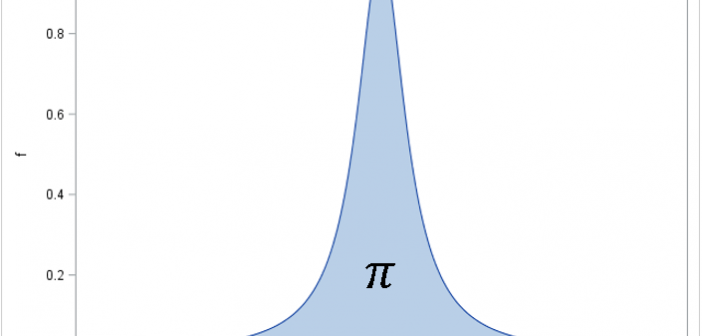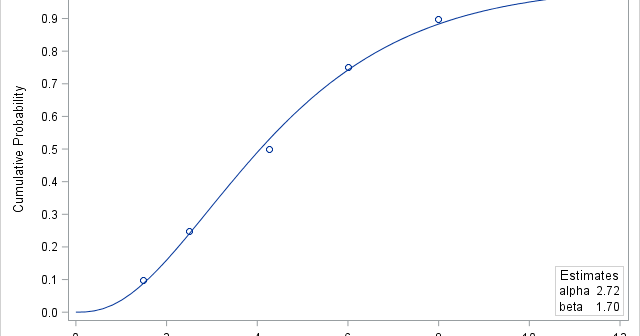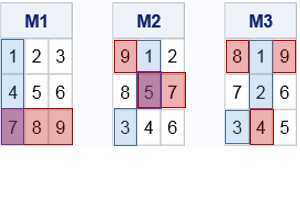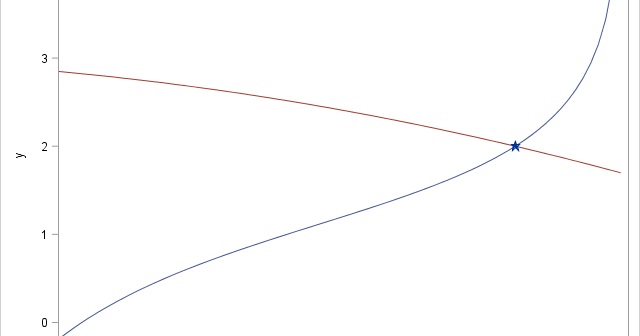The DO Loop
Statistical programming in SAS with an emphasis on SAS/IML programs
About once a month I see a question on the SAS Support Communities that involves what I like to call "computations with combinations." A typical question asks how to find k values (from a set of p values) that maximize or minimize some function, such as "I have 5 variables,

One of my favorite magazines, Significance, printed an intriguing image of a symmetric matrix that shows repetition in a song's lyrics. The image was created by Colin Morris, who has created many similar images. When I saw these images, I knew that I wanted to duplicate the analysis in SAS!

Welcome to my annual Pi Day post. Every year on March 14th (written 3/14 in the US), geeky mathematicians and their friends celebrate "all things pi-related" because 3.14 is the three-decimal approximation to pi. Pi is a mathematical constant that never changes. Pi is the same value today as it

Data analysts often fit a probability distribution to data. When you have access to the data, a common technique is to use maximum likelihood estimation (MLE) to compute the parameters of a distribution that are "most likely" to have produced the observed data. However, how can you fit a distribution

Many people know that a surface can contain a saddle point, but did you know that you can define the saddle point of a matrix? Saddle points in matrices are somewhat rare, which means that if you choose a random matrix you are unlikely to choose one that has a

This article shows how to use SAS to solve a system of nonlinear equations. When there are n unknowns and n equations, this problem is equivalent to finding a multivariate root of a vector-valued function F(x) = 0 because you can always write the system as f1(x1, x2, ..., xn)
